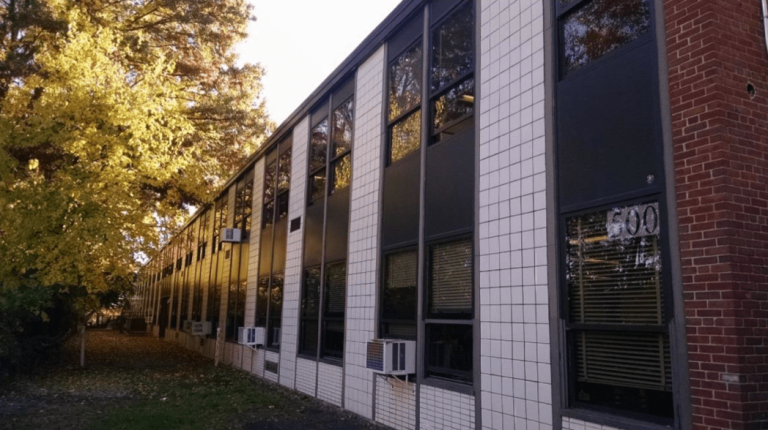
All Herricks schools need millions of dollars worth of fixes, officials said Thursday, but talks are just beginning about what work to do and how much to spend.
“It’s like putting a puzzle together and trying to figure out the best way — in terms of money, in terms of time frame, in terms of timeline — how we’re going to address the most things that we can possibly address,” said school board Trustee Juleigh Chin, a member of the district’s Capital Committee.
The six sets of capital projects worth nearly $15 million that architects Fred Seeba and Steven Walsh presented to the school board Thursday night are just a fraction of the work that could be done, district Superintendent Fino Celano said.
The state-mandated five-year building condition survey architects conducted in November identified $70 million worth of improvements, with the highest-priority projects totaling $25 million, Celano said.
The district could hold a vote on a bond referendum as early as December and start some next summer, Seeba said. But the school board will first gather more information about the projects and hear community input before deciding how much to borrow and what to undertake, Celano said.
“I’m sure if you asked 100 residents in the district what they would like, you’re going to get 100 different things of what people would like,” Capital Committee member and board Trustee Brian Hassan said. “So it’s a balance between what’s needed, what’s required and what is kind of a wish list that would be nice to have.”
District business officials have done financial projections on $25 million and $30 million bonds, but the school board has yet to decide how much to borrow, said Assistant Superintendent for Business Helen Costigan, who is retiring at the end of the month.
To prevent a tax increase, borrowing would be aligned with a “significant dropoff” in existing debt payments in 2022, Costigan said. The money could also fund lower-priority projects if the more important ones are finished under the budget, Seeba said.
Herricks’ three elementary schools, middle school, high school, community center and Shelter Rock Academy need improvements such as new doors, windows, ventilation systems, asphalt and handicap-accessible bathrooms, Seeba and Walsh said. The work would take about six years to complete, Costigan said.
Many doors are well past their 25-year lifespan, Walsh said, and some classrooms don’t have adequate ventilation. Much of the work would make the buildings compliant with state codes, he said.
Needed window replacements at five buildings would cost more than $5.5 million, with the possible replacement of an entire wall at Herricks High School accounting for $4.8 million of that, Seeba said.
The wall in the back of the building has a “false front” that appears not to be connected to the actual wall, Seeba said. The work could cost less if it’s more stable than it looks, he said, but an engineer would have to do a “destructive investigation” to find out.
“They’re just giving us the worst case scenario — they rip out a window and the whole thing comes crashing down, that’s how much money it’s going to cost, ” school board President Nancy Feinsten said.
Board members agreed the district should do such an investigation before putting a final bond package together.
Some other projects are school-specific, such as an overhaul of the high school’s football stadium that would include a new synthetic turf field, press box, bleachers and concession stand, Walsh said. A new high school cafeteria is also on the list, he said.
Resident Marc Zisselman said the project should include lights to make the field more attractive to residents and community groups, who could be interested in renting the field for events. Feinstein asked the architects to research prices for different lighting options.
“It would be a travesty not to add them,” Zisselman said. “The local community can walk there, kids can play on it, adults can use it.”
Celano said a December bond vote is possible if the school board follows a tight timeline, but the next steps are to continue gathering information and input. A state Education Department backlog for capital project review would mean most work would not start until 18 months or two years after plans are submitted, Costigan said.






